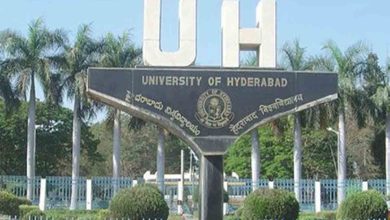Mission Kakatiya quenches the thirst of rural Telangana

♦ Irrigation system developed through chain of ponds during the Kakatiya rule has become vital for Telangana in accordance with its geophysical conditions. The ponds were almost destroyed during the erstwhile united AP
♦ Rs 5,350 cr spent on reviving ponds, construction of extensive check dams and rejuvenating streams
♦ Mission has helped to stabilise lakhs of acres of ayacut
♦ Around 15 lakh acre ayacut is being irrigated under the revived ponds
Hyderabad: The prestigious Mission Kakatiya programme, launched to revive the abandoned water bodies and ponds, has brought a new lease of life in the rural Telangana and strengthened its economy. The reconstruction of the neglected water bodies has provided irrigation facilities as well as addressed the drinking water issues in villages.
The irrigation system developed through the chain of ponds during the Kakatiya rule has become vital for Telangana in accordance with its geophysical conditions. The ponds were almost destroyed during the erstwhile united Andhra Pradesh.
The State government launched Mission Kakatiya in memory of the Kakatiyas to revive ponds. Under this scheme, more than 47,000 ponds across the State have been restored, pond embankments strengthened, canals and culverts have been repaired and silt has been removed. As a result the storage capacity of ponds in Telangana has increased significantly.
An amount of Rs 5,350 crore has been spent on reviving ponds, construction of extensive check dams and rejuvenating streams. The mission has helped to stabilise lakhs of acres of ayacut. Around 15 lakh acre ayacut is being irrigated under the revived ponds. The government has taken up construction of 1,200 check dams at a cost of Rs.3,825 crore. The first phase of construction of 650 check dams has been completed; works of other check dams are in progress.
The government has taken measures to divert water from large and medium-scale projects to ponds restored under Mission Kakatiya through canals and ensured that the are full even in dry season.





